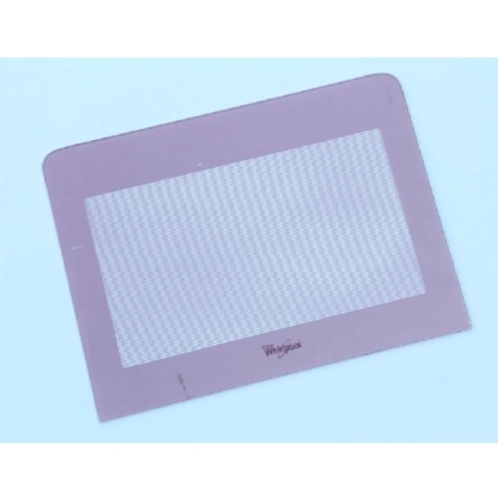Comparative Analysis of Tempered Glass and Regular Glass for Microwave Oven Door Glass in Simple Furniture
2024-04-29
When it comes to choosing the right material for Microwave Oven Door Glass in simple furniture, Tempered Glass and regular glass are two common options. Both have their own set of characteristics, application effects, and safety performances. In this article, we will delve into a comparative analysis of these two types of glass to understand their suitability for microwave Oven Door Glass in simple furniture. 1. Tempered Glass: Tempered glass, also known as toughened glass, is processed through thermal or chemical treatments to enhance its strength and safety. Here are some key points regarding its application in microwave oven door glass: Strength: Tempered glass is significantly stronger than regular glass. It undergoes a controlled heating and rapid cooling process, which induces surface compression and edge tension, making it resistant to impact and thermal shock. Safety: In the event of breakage, tempered glass fractures into small, blunt fragments rather than sharp shards, reducing the risk of injury. This property is crucial for microwave oven door glass, as it minimizes the potential hazards associated with accidental breakage. Heat Resistance: Tempered glass exhibits excellent thermal resistance, making it suitable for use in microwave oven doors. It can withstand high temperatures without compromising its structural integrity, ensuring safe and reliable performance.
2. Regular Glass:
Regular glass, also known as annealed glass, is the conventional type of glass used in various applications. Here's how it compares to tempered glass when used for microwave oven door glass: Strength: Regular glass is inherently weaker than tempered glass. It is more prone to breakage upon impact or exposure to thermal stress. The absence of internal stress layers makes it susceptible to cracking and shattering under pressure. Safety: Unlike tempered glass, regular glass fractures into sharp, jagged shards when broken. This poses a higher risk of injury, especially in environments such as kitchens where safety is paramount. Heat Resistance: While regular glass can withstand moderate temperatures, it may experience thermal expansion and contraction when exposed to the intense heat generated inside a microwave oven. This can lead to stress build-up and potential breakage over time.
In conclusion, tempered glass emerges as the superior choice for microwave oven door glass in simple furniture due to its superior strength, safety, and heat resistance compared to regular glass. Its ability to withstand impact, thermal shock, and high temperatures makes it an ideal material for ensuring the durability and safety of microwave oven doors. While regular glass may be more cost-effective, its inherent weaknesses and safety concerns outweigh any potential savings. Therefore, for optimal performance and peace of mind, tempered glass stands out as the preferred option for microwave oven door glass in simple furniture applications.



